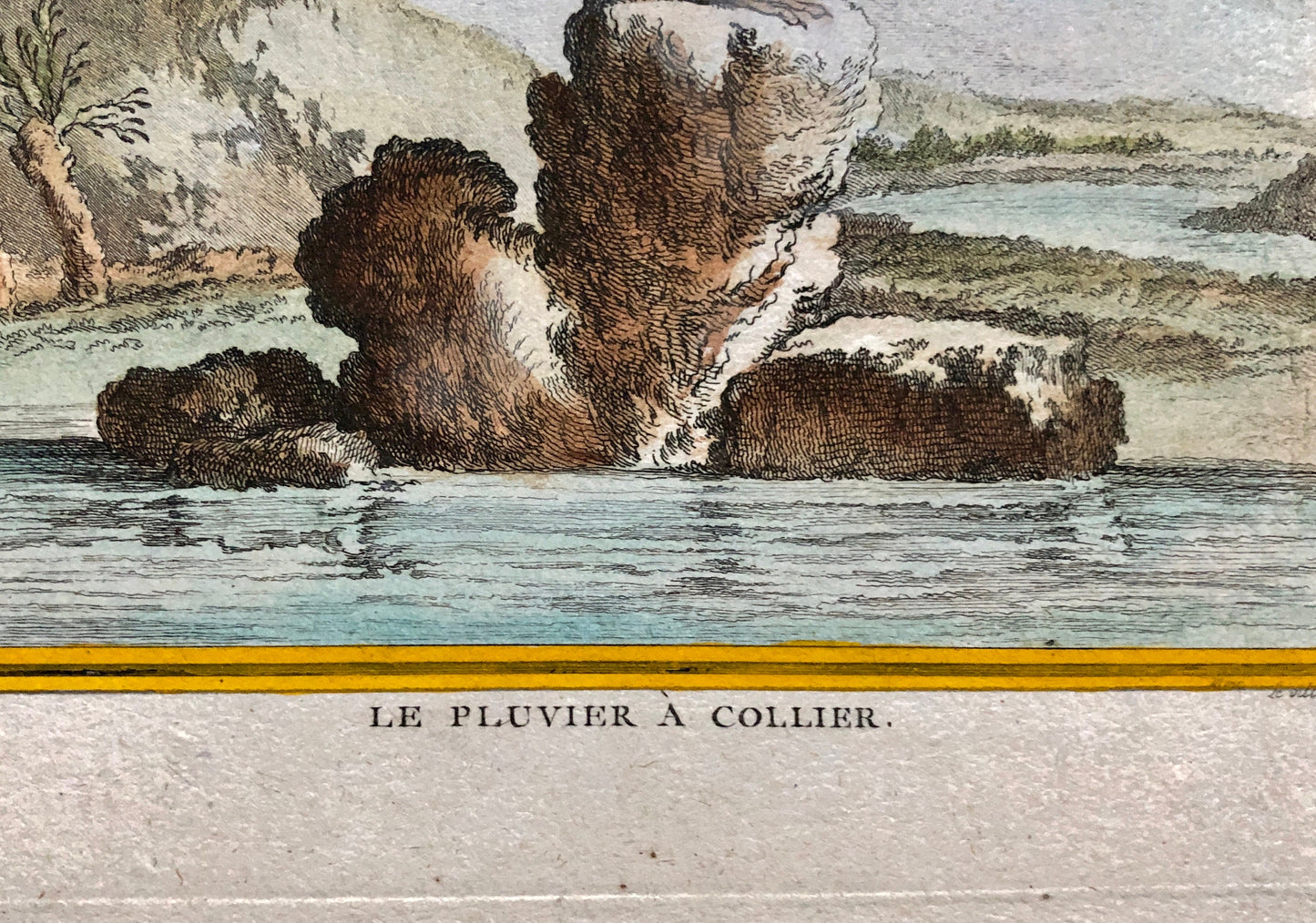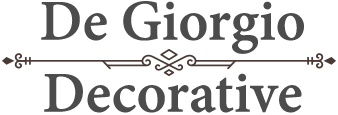My Store
Le Pluvier À Collier. An Engraving From ‘Histoire Naturelle Des Oiseaux’ by Buffon. Circa 1770. Fine Condition. Size: 27 x 21 cms.
Le Pluvier À Collier. An Engraving From ‘Histoire Naturelle Des Oiseaux’ by Buffon. Circa 1770. Fine Condition. Size: 27 x 21 cms.
Couldn't load pickup availability
A hand coloured antique print entitled Le PluvierÀ Collier .
From ‘Histoire Naturelle Des Oiseaux’ by George-Louis Leclerc, Comte de Buffon.
Published by L’Imprimerie Royale, Paris between 1770 and 1786.
Engraved by La Villain.
36 volumes of Histoire Naturelle were published during the author’s lifetime with a further eight being produced after his death by Leclerc’s friend Bernard Germain de Lacépède.
Born a man of modest circumstance George-Louis Leclerc secured a massive inheritance from his godfather. With this he travelled to Paris where, after some study, he earned a position as Head of Le Jardin du Roi, a major botanical garden in the city. Here he started his studies of plants and animals in earnest, collecting vast numbers of botanical and zoological specimens and turning the park into an institute of research.
Le pluvier à collier translates as ringed plover. These birds forage for food on beaches, tidal flats and in fields. They feed on insects , crustaceans and worms. They nest on open ground. If a predator approaches the nest the parent bird will walk away from the scrape feigning a broken wing and calling; this in a bid to draw the intruder away. Once enough distance has been created it will fly away.
Size: 46 x 33 cms or 18.1 x 13 inches.
Size of the coloured part of the image: 19.7 x 15.4 or 7 3/4 x 6.
Condition: Near Fine. The coloured part of the print is clean and fresh. The white surround is lightly browned and marked with a couple of small dark dots. The paper upon which the image is printed is lightly creased and uneven in shape. This is usual for the period of manufacture. Two pieces of paper are attached to the reverse side. They were probably once used to affix the print to a mount.
Share


















